
- Material Type:
- Full Course
- Provider:
- Rice University
- Provider Set:
- OpenStax College
- Date Added:
- 06/29/2017


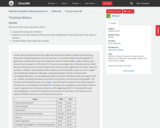
By the end of this section, you will be able to:
Calculate the annual rate of inflation
Explain and use index numbers and base years when simplifying the total quantity spent over a year for products
Calculate inflation rates using index numbers


By the end of this section, you will be able to:
Identify the causes and effects of inflation in various economic markets
Explain the significance of a converging economy

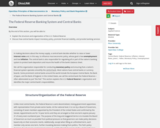
By the end of this section, you will be able to:
Explain the structure and organization of the U.S. Federal Reserve
Discuss how central banks impact monetary policy, promote financial stability, and provide banking services

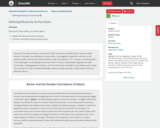
By the end of this section, you will be able to:
Explain the various functions of money
Contrast commodity money and fiat money


By the end of this section, you will be able to:
Use the aggregate demand/aggregate supply model to show periods of economic growth and recession
Explain how unemployment and inflation impact the aggregate demand/aggregate supply model
Evaluate the importance of the aggregate demand/aggregate supply model

In this chapter, you will learn about:
Macroeconomic Perspectives on Demand and Supply
Building a Model of Aggregate Demand and Aggregate Supply
Shifts in Aggregate Supply
Shifts in Aggregate Demand
How the AD/AS Model Incorporates Growth, Unemployment, and Inflation
Keynes’ Law and Say’s Law in the AD/AS Model
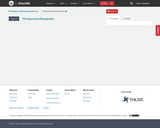
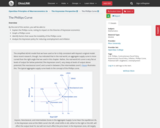
By the end of this section, you will be able to:
Explain the Phillips curve, noting its impact on the theories of Keynesian economics
Graph a Phillips curve
Identify factors that cause the instability of the Phillips curve
Analyze the Keynesian policy for reducing unemployment and inflation

Principles of Macroeconomics is an adaptation of the textbook, Macroeconomics: Theory, Markets, and Policy by D. Curtis and I. Irvine, and presents a complete and concise examination of introductory macroeconomics theory and policy suitable for a first introductory course.
Examples are domestic and international in their subject matter and are of the modern era — financial markets, monetary and fiscal policies aimed at inflation and debt control, globalization and the importance of trade flows in economic structure, and concerns about slow growth and the risk of deflation, are included.
This textbook is intended for a one-semester course, and can be used in a two-semester sequence with the companion textbook, Principles of Microeconomics. The three introductory chapters are common to both textbooks.